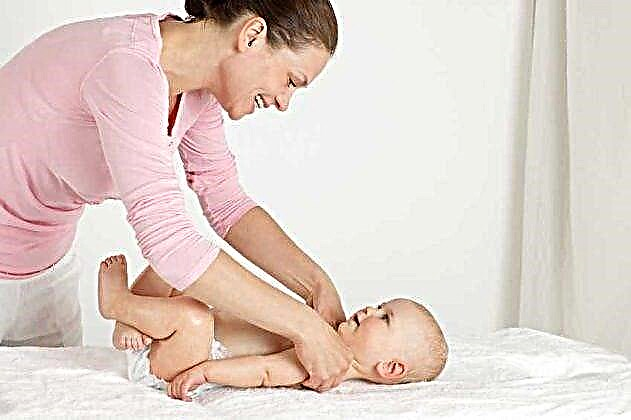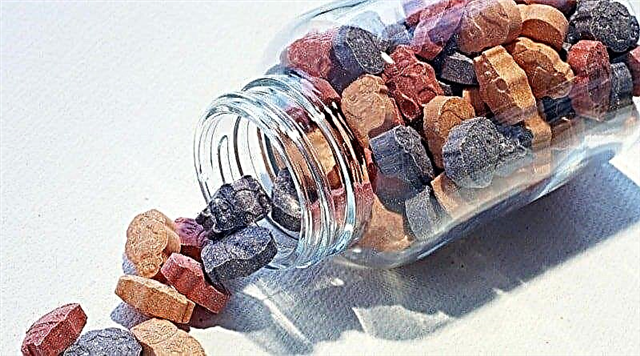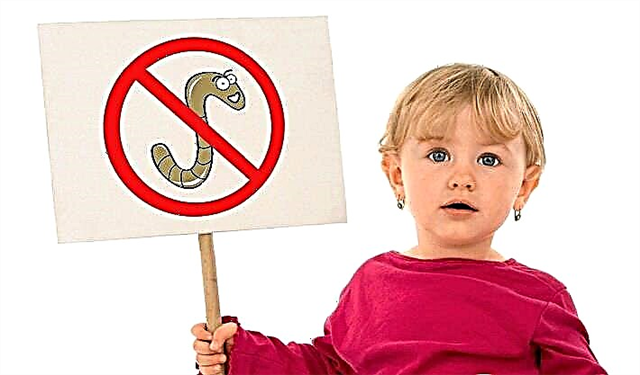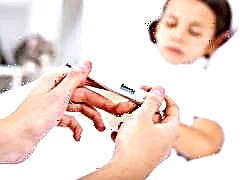
A high temperature during a sore throat often confuses parents. Improving the condition of the child is possible not only with the help of drugs. If you want to know how long a child's temperature lasts with angina, read this article.
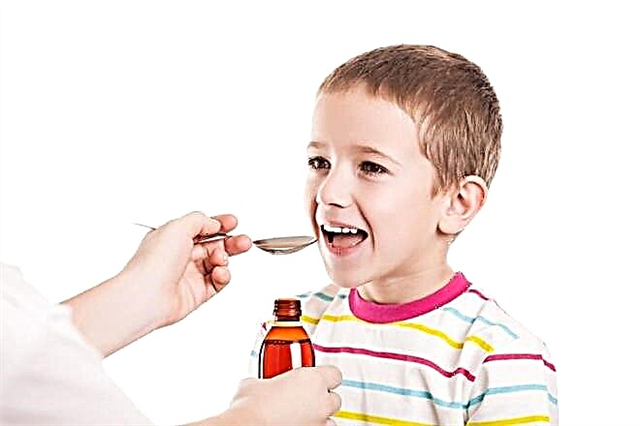
Features:
In medicine, several terms are used at once to reflect the severity of body temperature. An increase to 38 degrees is called subfebrile condition. When you reach 39 degrees, doctors talk about febrile condition. An increase to 39-40 is called pyretic fever, and over 41 degrees is called hyperpyretic.
In most cases, body temperature with angina rises to febrile digits. Much less often it remains subfebrile. In severe cases of the disease, cases of pyretic fever are characteristic. Hyperpyretic forms are extremely rare and require compulsory hospitalization of the child in the intensive care unit and intensive care unit.
Usually, the temperature with angina does not last long. On the first day, it reaches its maximum value. Usually, such an increase lasts for 3-4 days, and then the temperature gradually begins to decrease.


Catarrhal angina is characterized by the mildest course. Subfebrile condition with her lasts no more than three days. With lacunar tonsillitis, the increase can be up to 5-6 days. Follicular variants are accompanied by high fever (within 3-4 days). Simanovsky-Vincent's disease in most cases proceeds without changes in this indicator. It is very rarely possible to increase to subfebrile values. Within a couple of days, the temperature drops to normal values.
Usually subfebrile condition persists during the presence of plaque on the tonsils. TOAs soon as the rash or purulent plugs begin to disappear, the body temperature immediately returns to normal. At this time, the child feels much better. The normalization of body temperature indicates a speedy recovery.
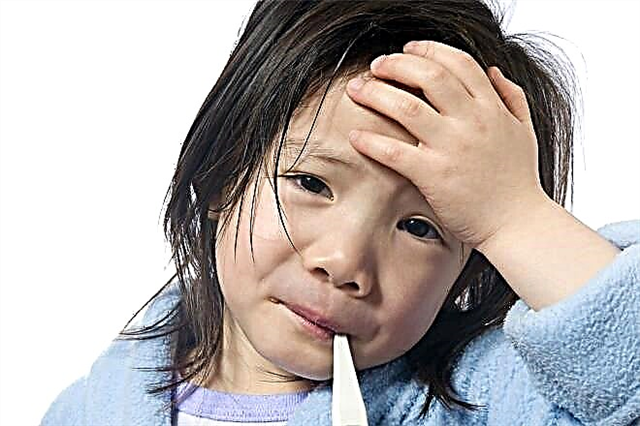
What is a temperature tail?
After recovery, some babies may have a slight subfebrile condition for several weeks. This symptom should not cause expressed concern in the parents. As a rule, this manifestation is residual and does not require additional treatment.
To completely normalize body temperature at this time, attention should be paid to strengthening the immune system.
For a quick recovery from illness, the baby should be given more warm drink containing vitamin C. For this, a decoction of rose hips and black currants, as well as herbal tea with honey and lemon, are perfect.
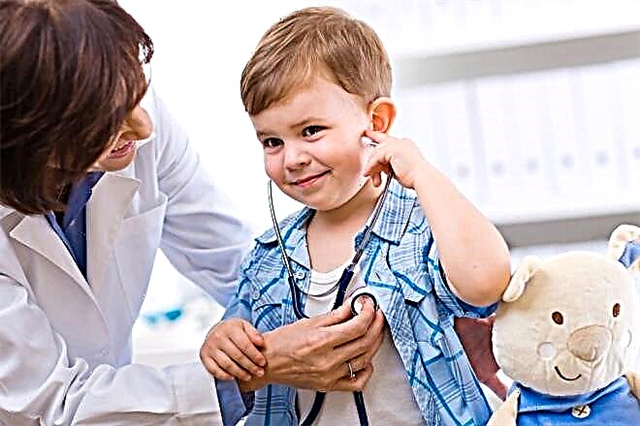
How to reduce?
Medicines should be used only when the temperature rises above 38 degrees. For treatment, antipyretic drugs based on paracetamol and ibuprofen are used. These funds are approved for use in children's practice and practically do not cause side effects.
Such medicines can be used in the form of tablets, suppositories, and various sweet syrups. The choice of dosage is carried out taking into account the age of the child - according to the instructions for the drug.
Acetylsalicylic acid or aspirin should not be used to normalize the temperature. Such drugs can cause a very dangerous side effect - Leigh's syndrome.
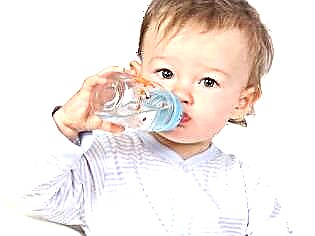
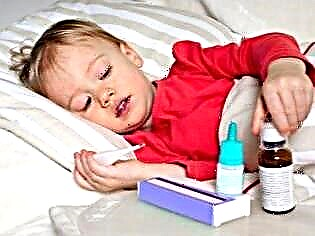
How to knock down houses?
Angina should be treated using various methods. Gargling your throat will help reduce plaque on your tonsils. As soon as all the purulent plugs are removed, the body temperature will also begin to return to normal. Using antibiotics and pain relieving throat lozenges will also help you feel better.
With an increase in body temperature to subfebrile values, you should not use drugs. Wiping with a damp towel is fine. You should moisten it in water and carry out active rubbing of baby skin. This method helps to quickly reduce body temperature and improve the well-being of the baby.
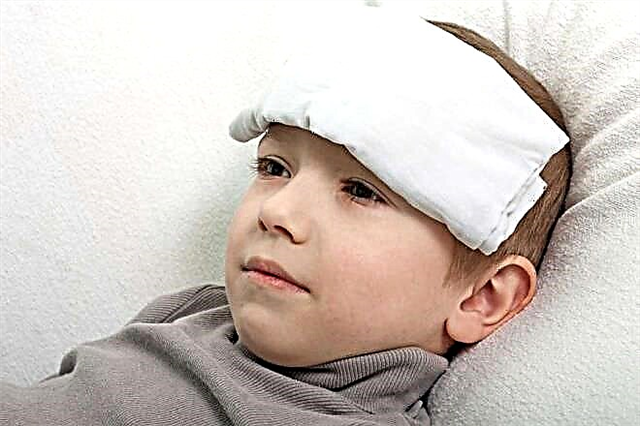
Some mums add some diluted vinegar to the water. This helps to enhance the effect. However, you should be very careful when adding vinegar to the rubbing water. This can lead to a more pronounced temperature drop. If the baby has too delicate and sensitive skin, this method should also not be used. If the concentration of vinegar is incorrectly selected, chemical burns can occur.
To reduce the high body temperature, you should give your baby a lot of warm, plentiful drinks. It is very good if drinks contain more ascorbic acid. They will help remove bacterial toxins from the body, which will also contribute to a strong decrease in temperature. Staying under a warm blanket during this period will also help enhance the effect of the treatment.
You should not take a bath during high temperatures. This can lead to poor health and aggravate the course of the disease. After a hot bath, heat exchange is disturbed, which leads to rapid hypothermia in the future. At very high temperatures, it is best to wipe down. You can return to hygiene procedures 5-6 days after the onset of the disease.
To normalize body parameters, regular ventilation of the room is also required. To prevent the child from experiencing overheating, contributing to an even greater increase in temperature, he should not be wrapped excessively. For normal breathing, be sure to ventilate the room. It will be better if the baby is in the next room during the airing.
Rubbing the folds with a soft cloth is suitable for young children. The best areas will be the ulnar fossa and the lateral surface of the neck. You can attach a cloth soaked in water to these places. Such compresses will help to normalize the temperature of even the smallest children - without harm to health.
Excessive eating in large portions can also make it difficult to normalize the temperature. In the acute period of the disease, the child should be fed as sparingly as possible. On the first day, it is better not to overfeed the baby. Soups and boiled cereals are perfect for eating.
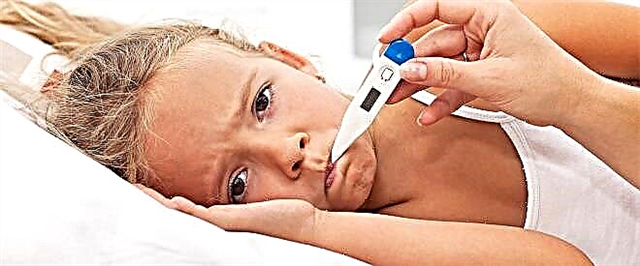
Consequences of high temperature
Angina is dangerous for the development of complications. With the spread of a purulent process, lymphadenitis can develop, as well as an abscess - and even phlegmon. These diseases require high doses of antibiotics. As the infection spreads, inflammation of the kidneys and heart muscle can occur. This leads to the appearance of pyelonephritis, myocarditis (or even encephalitis).
In some cases, after a long course of the disease, a low body temperature may persist. This situation does not require special treatment. This symptom will go away on its own. To normalize body temperature, only the strengthening of immunity is required.
You will learn more about when to bring down the temperature of a child and how, in the next video.

